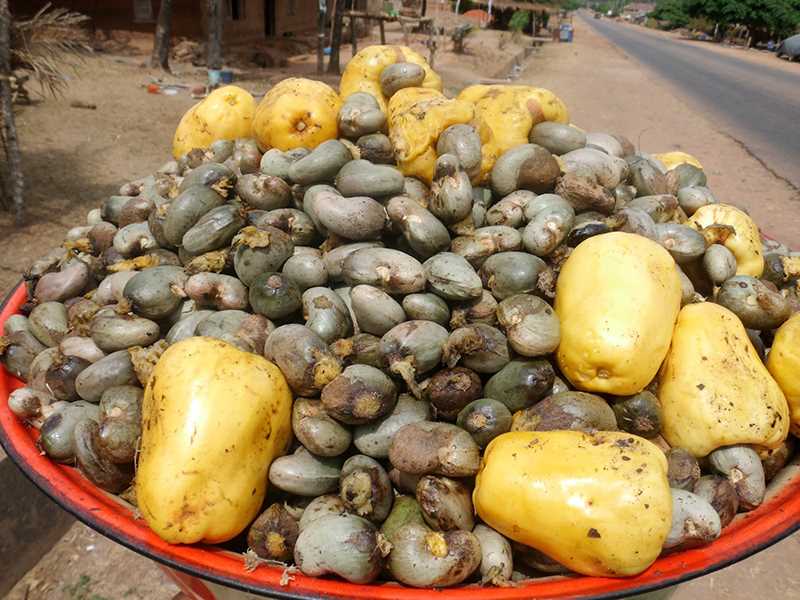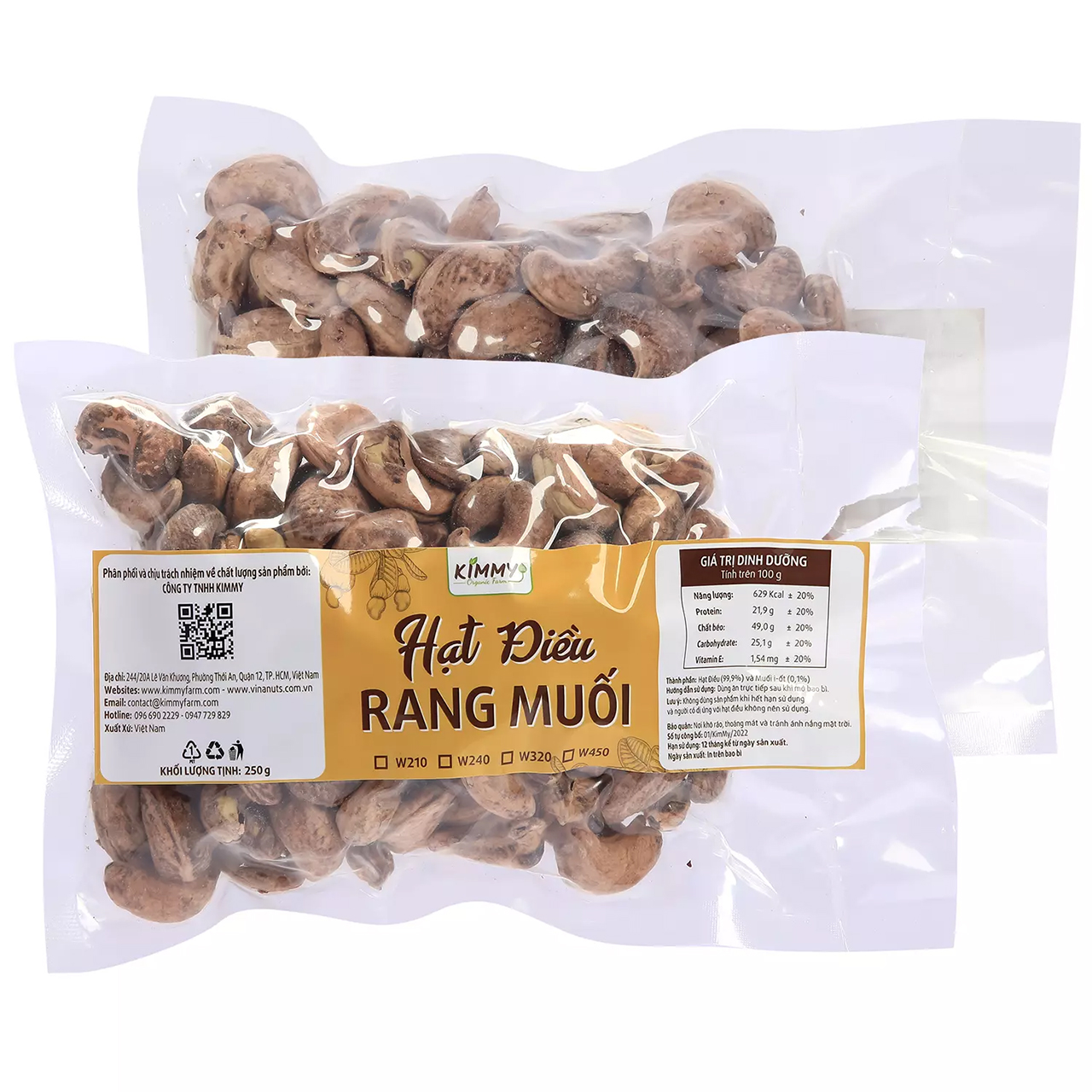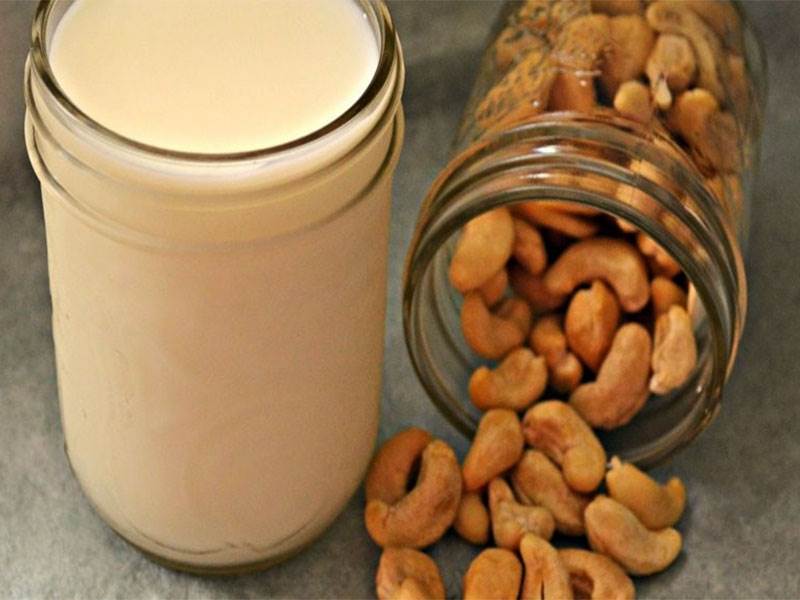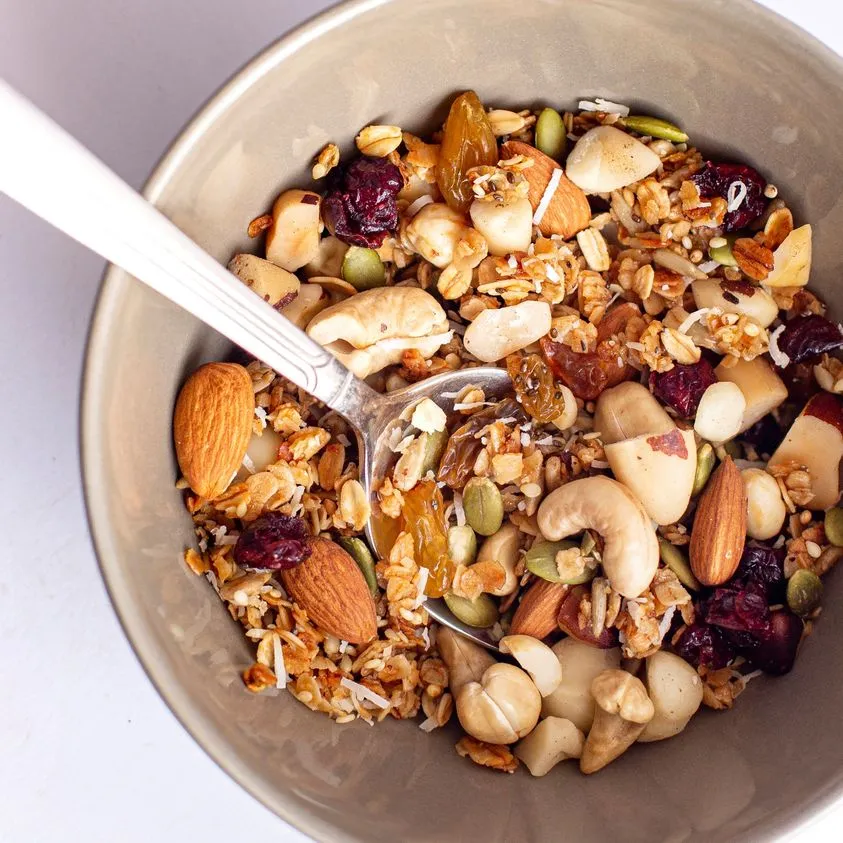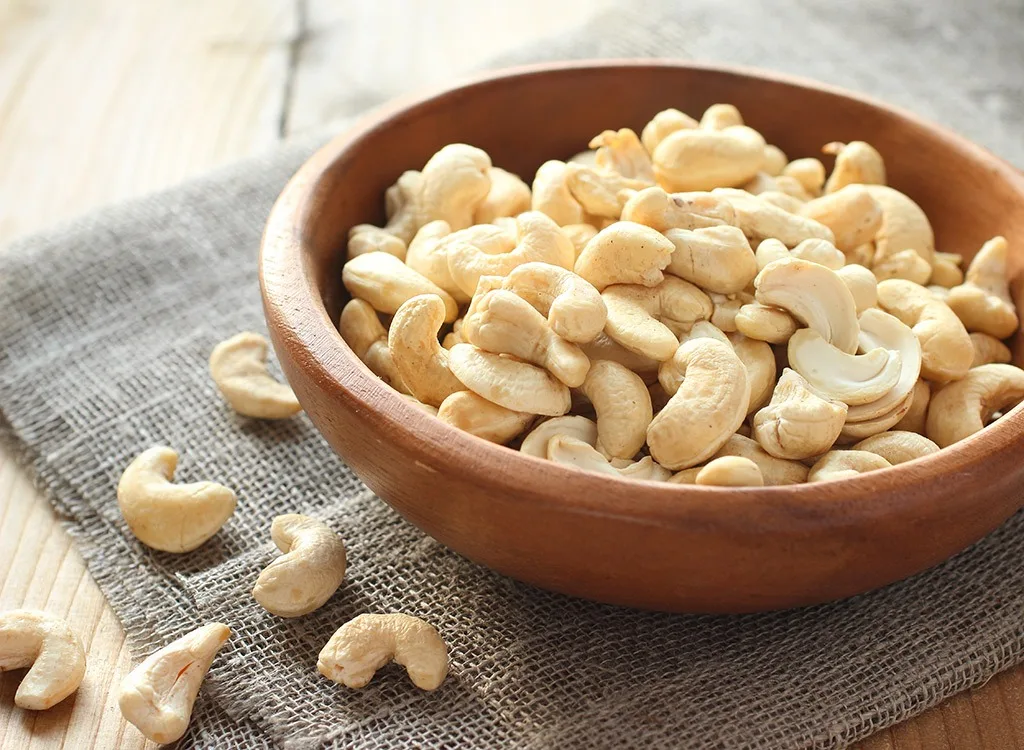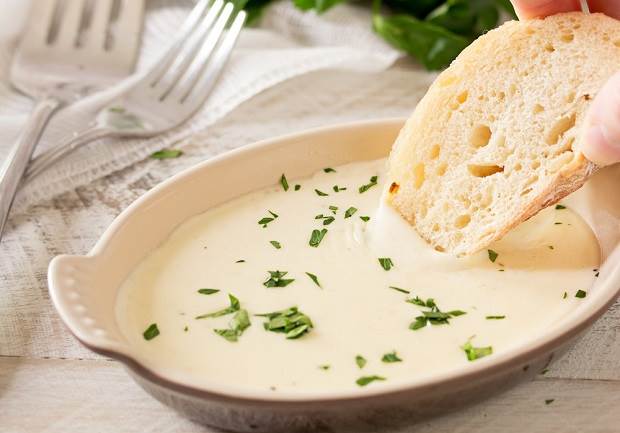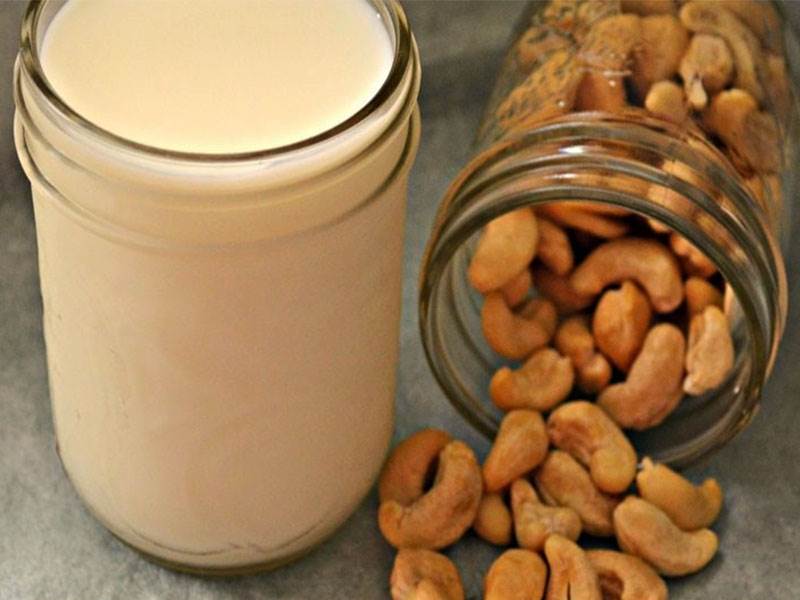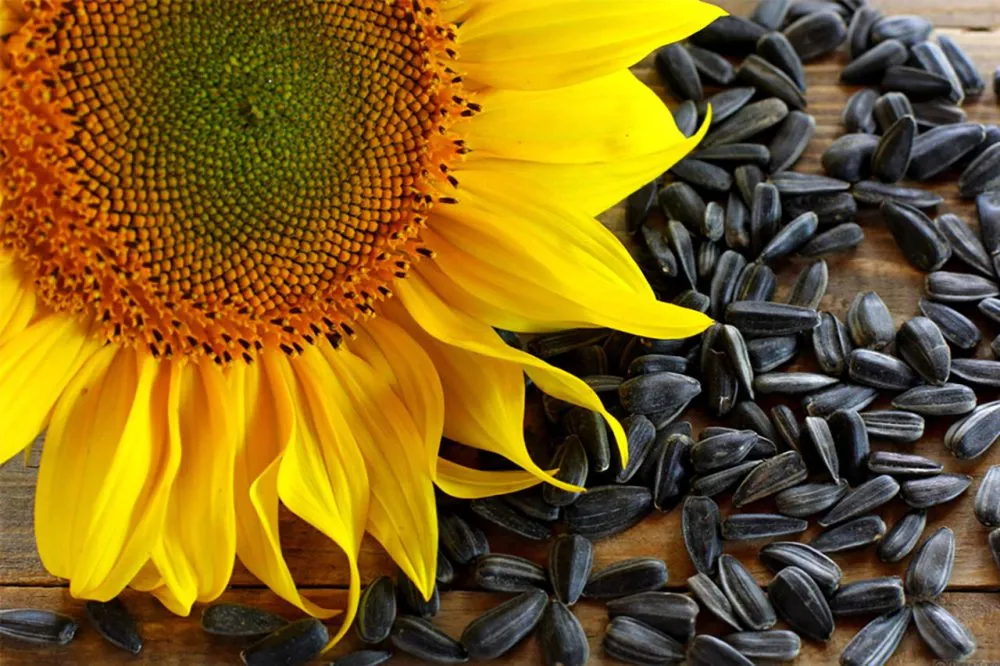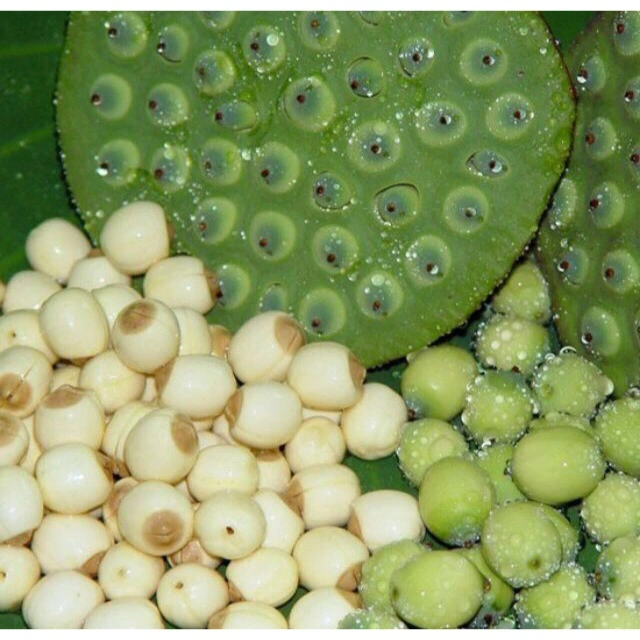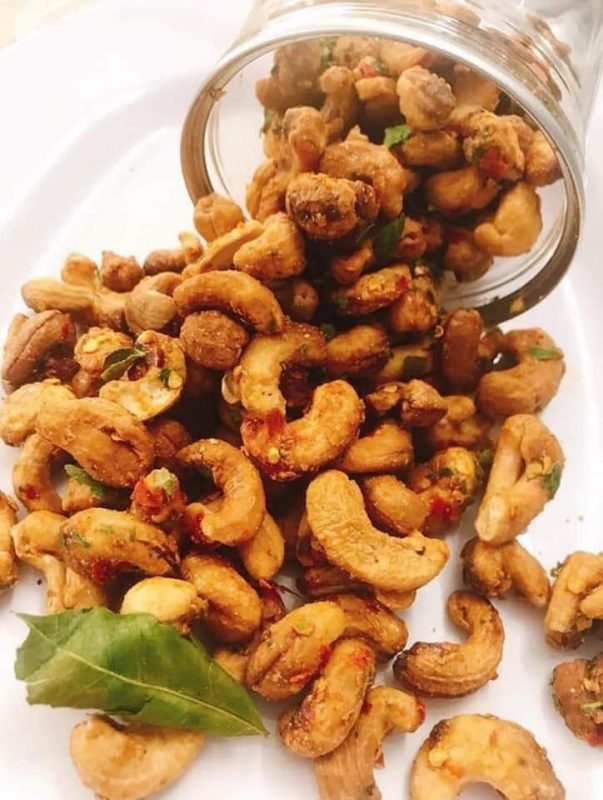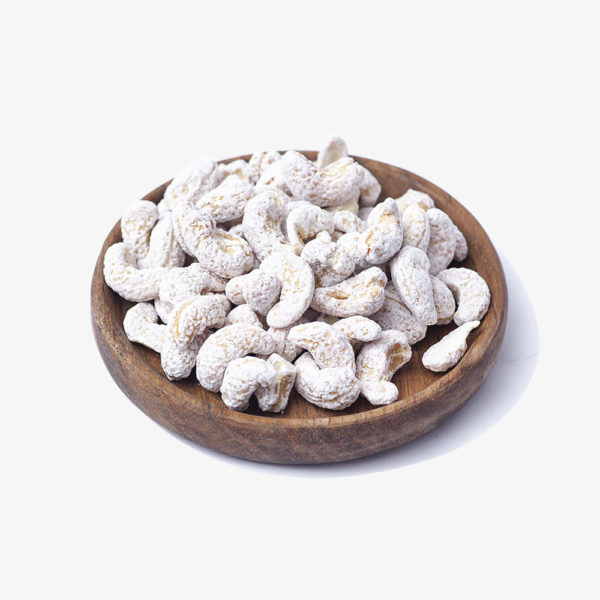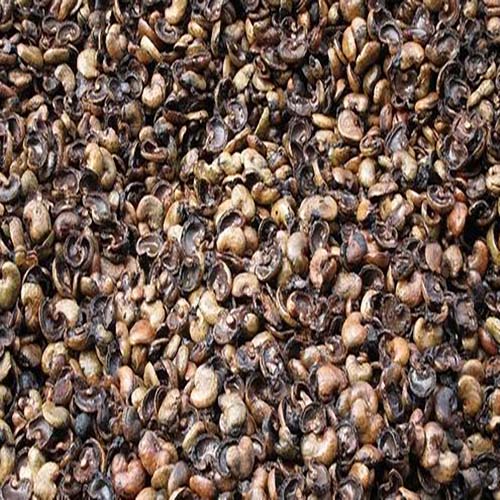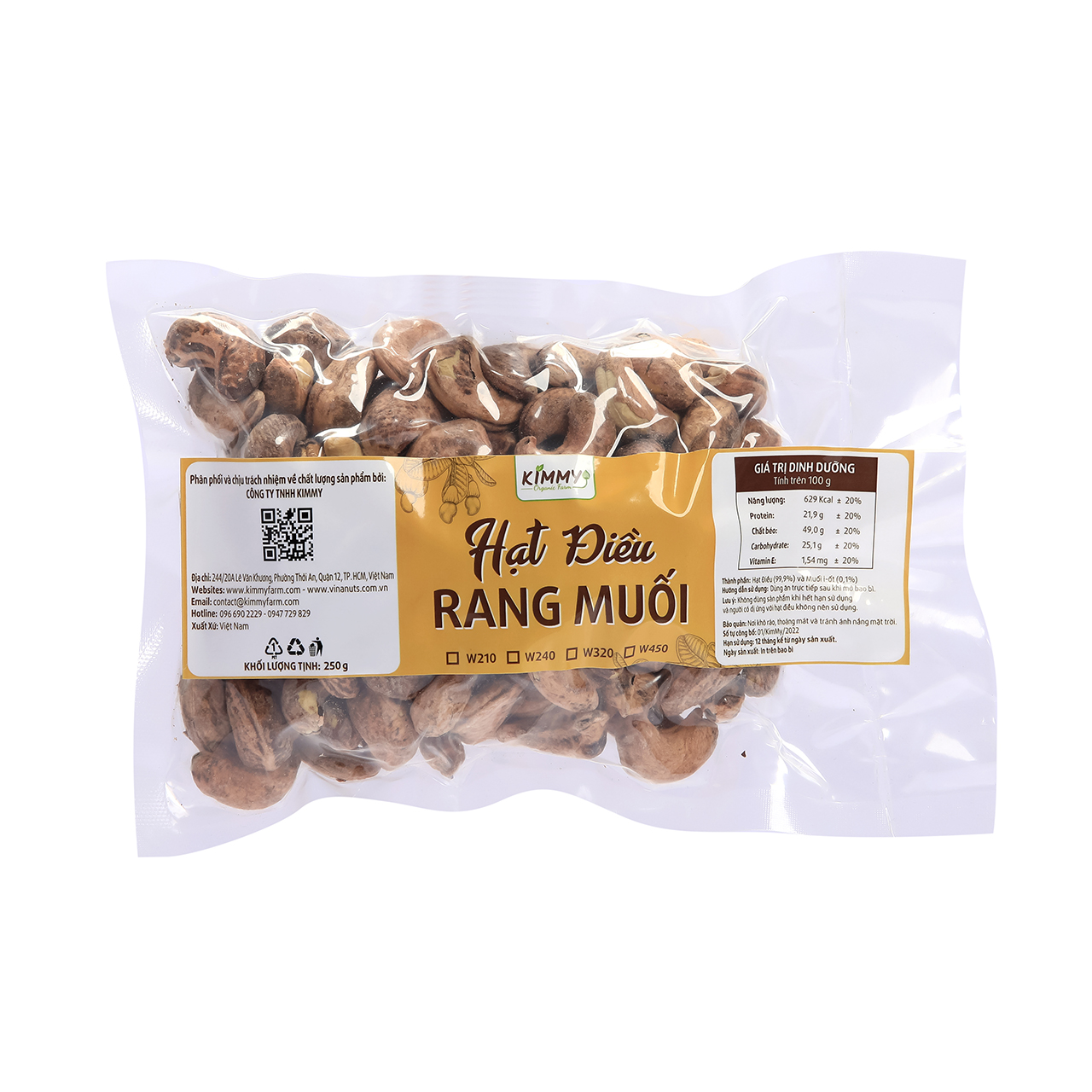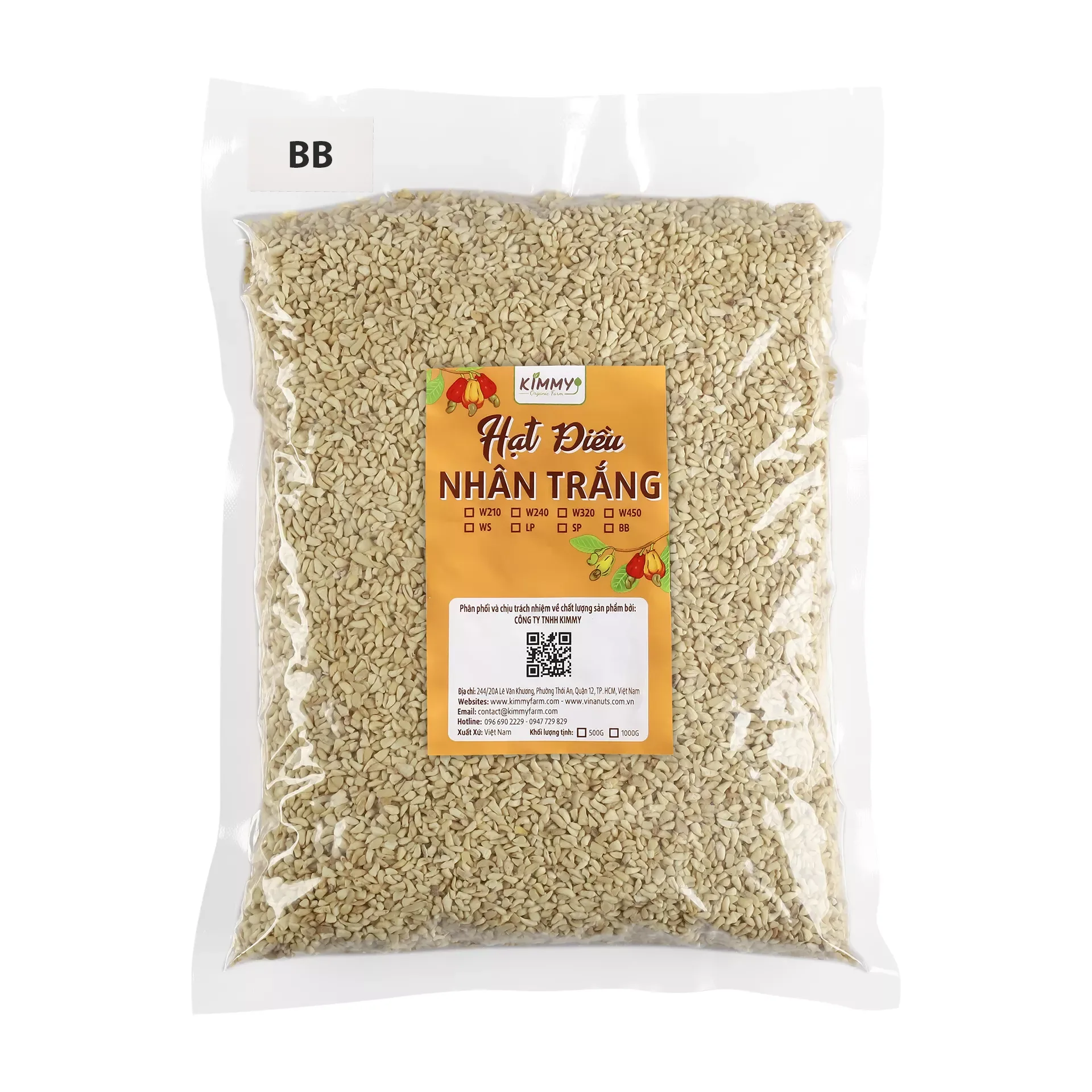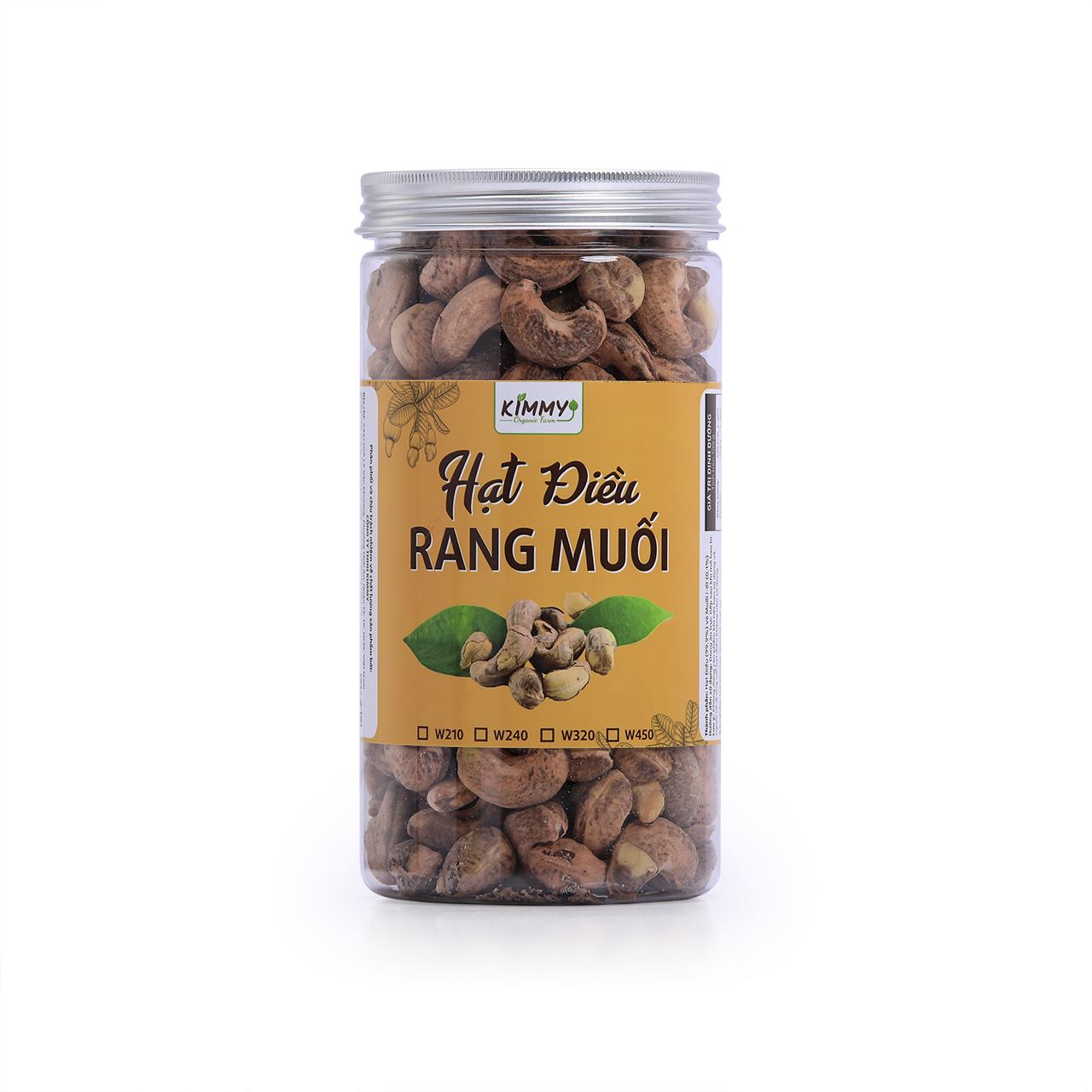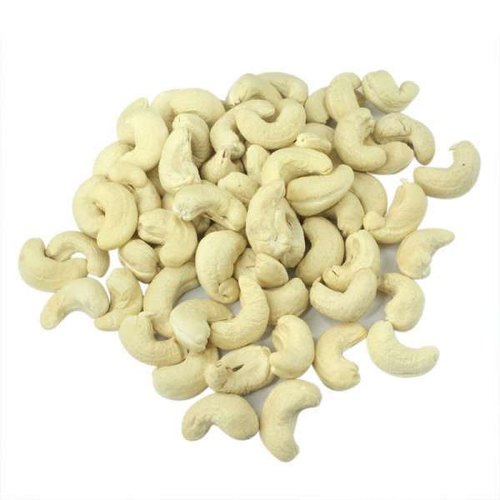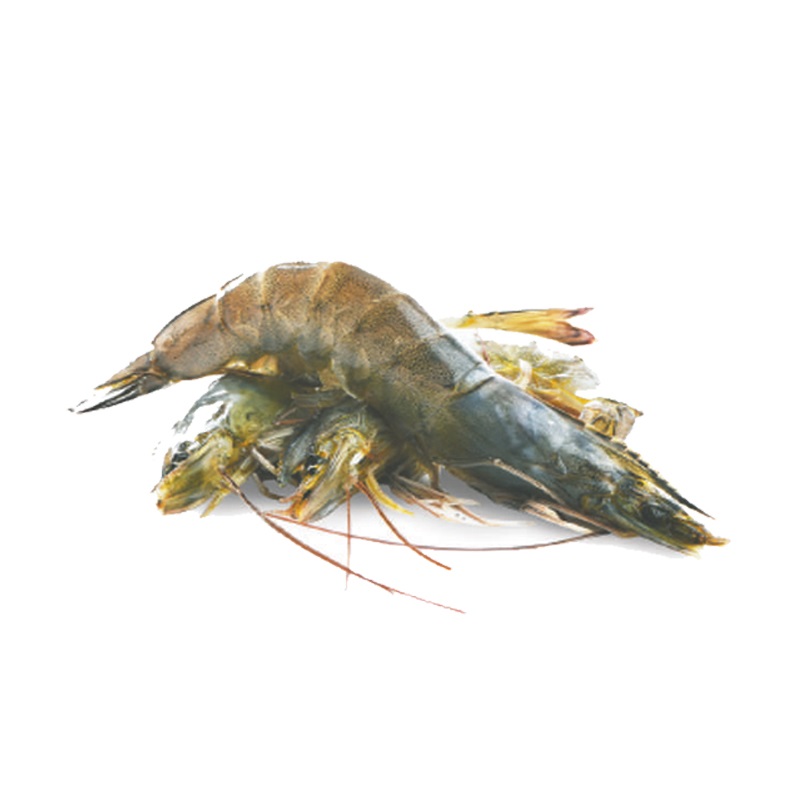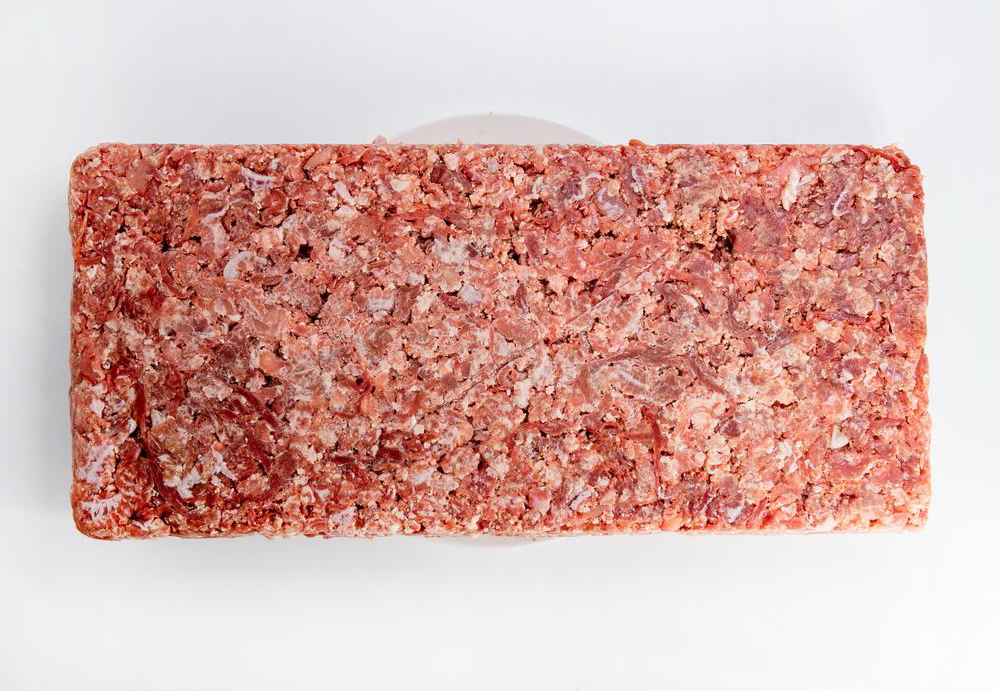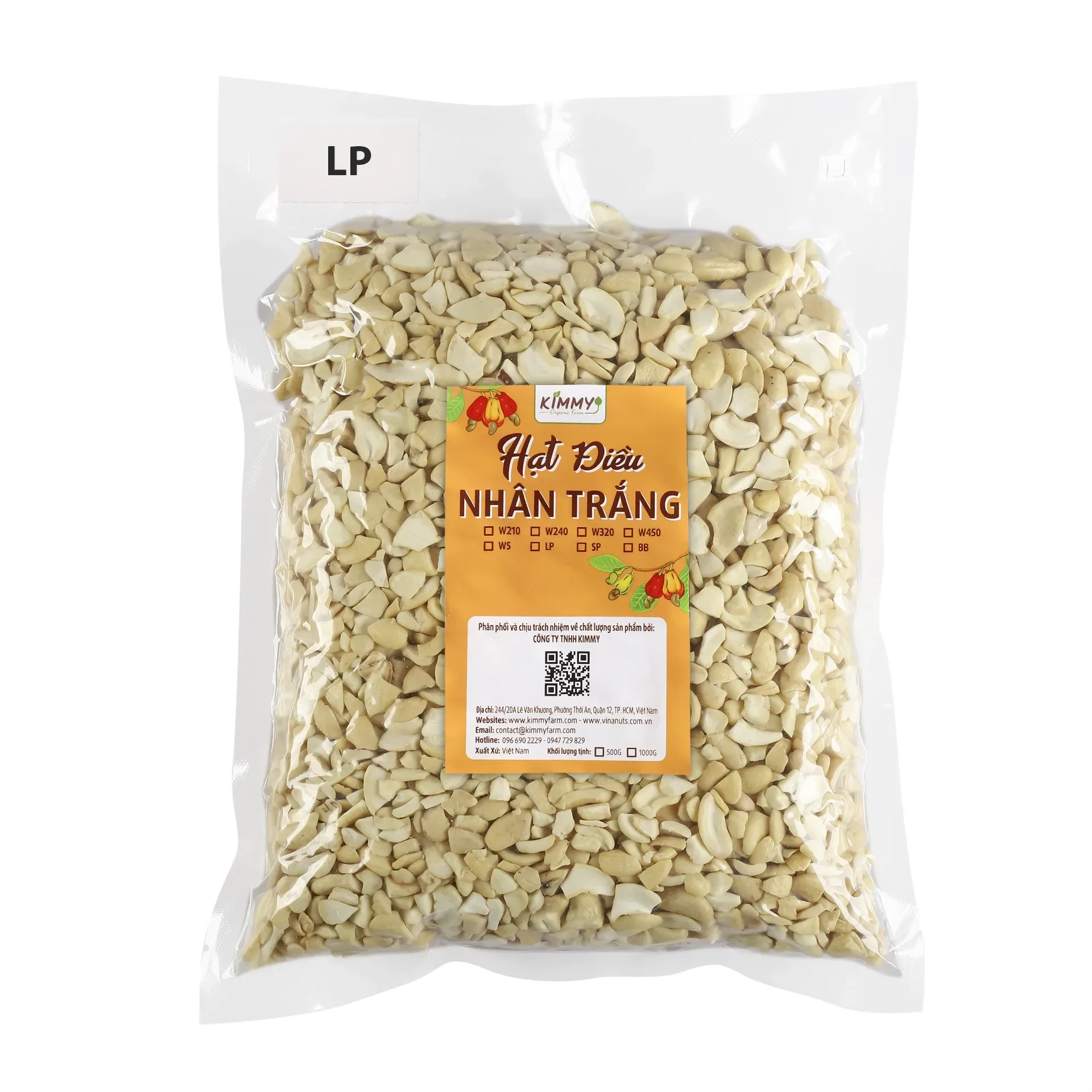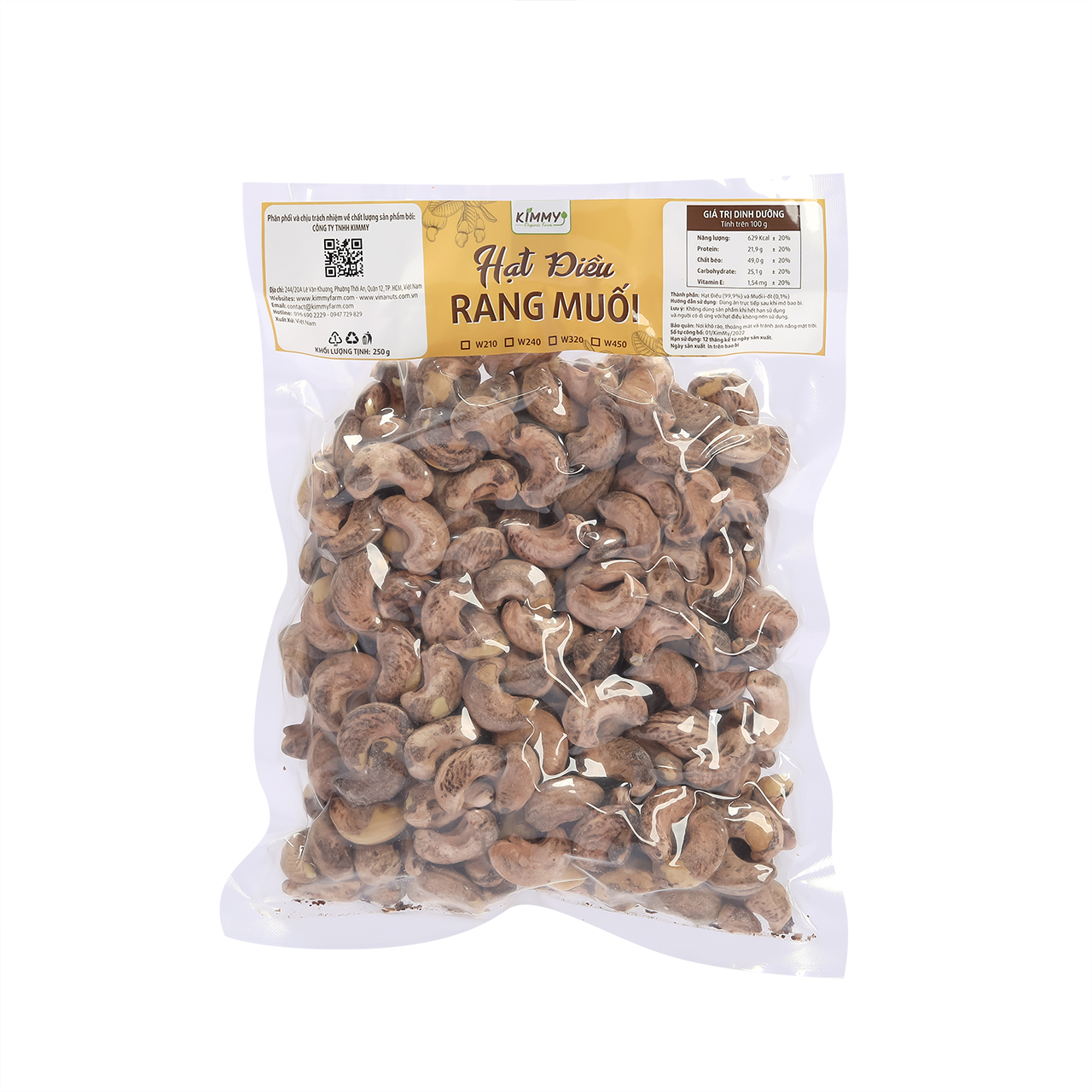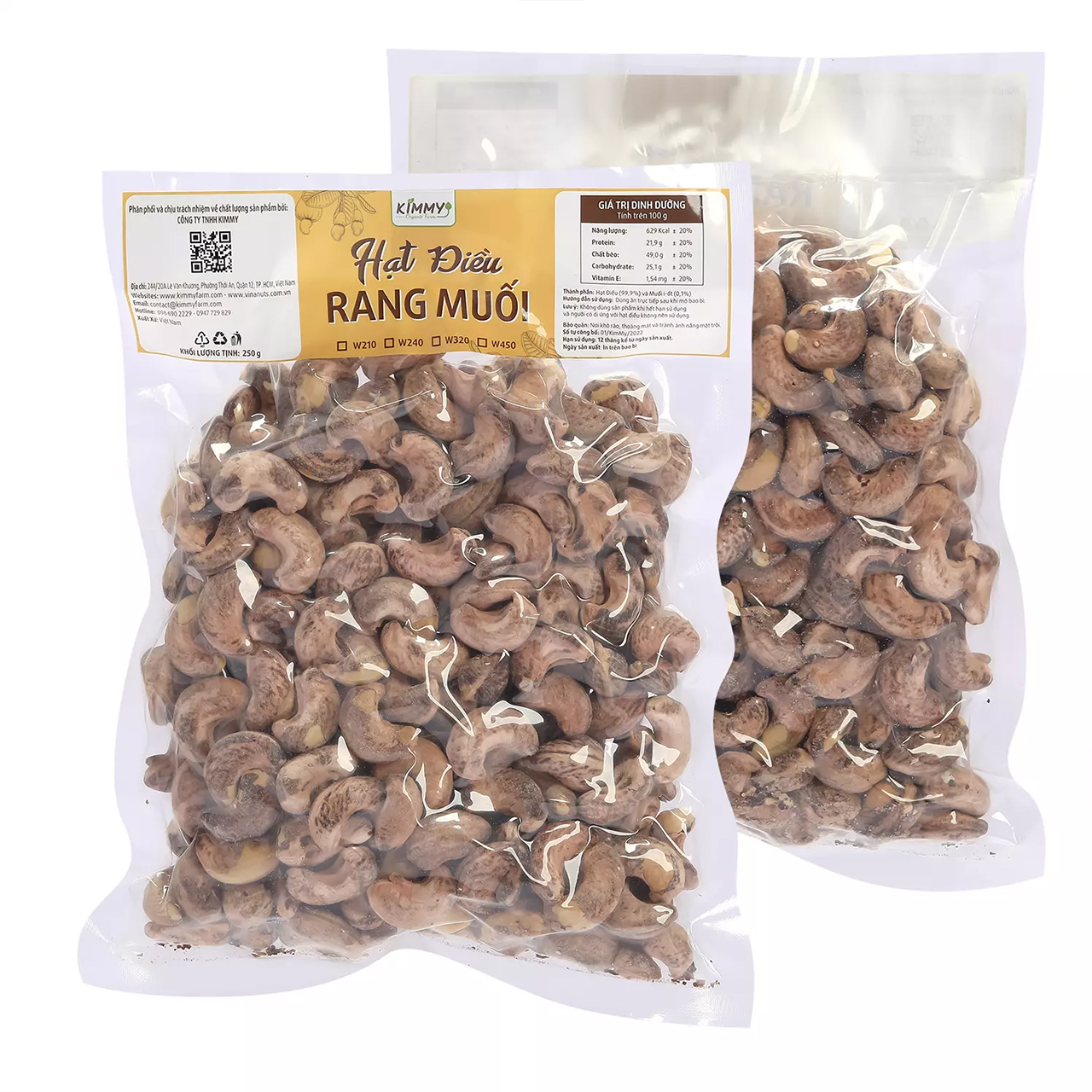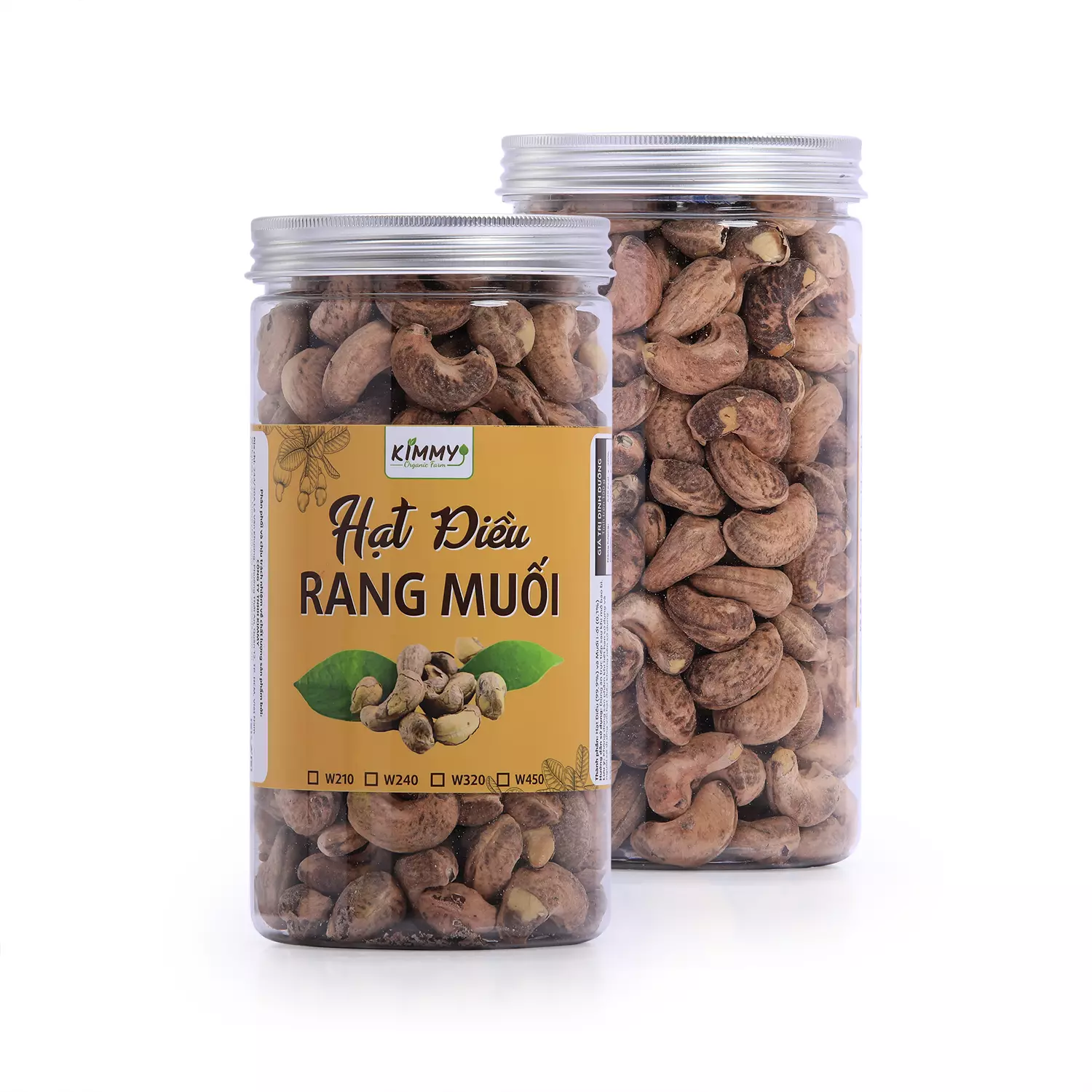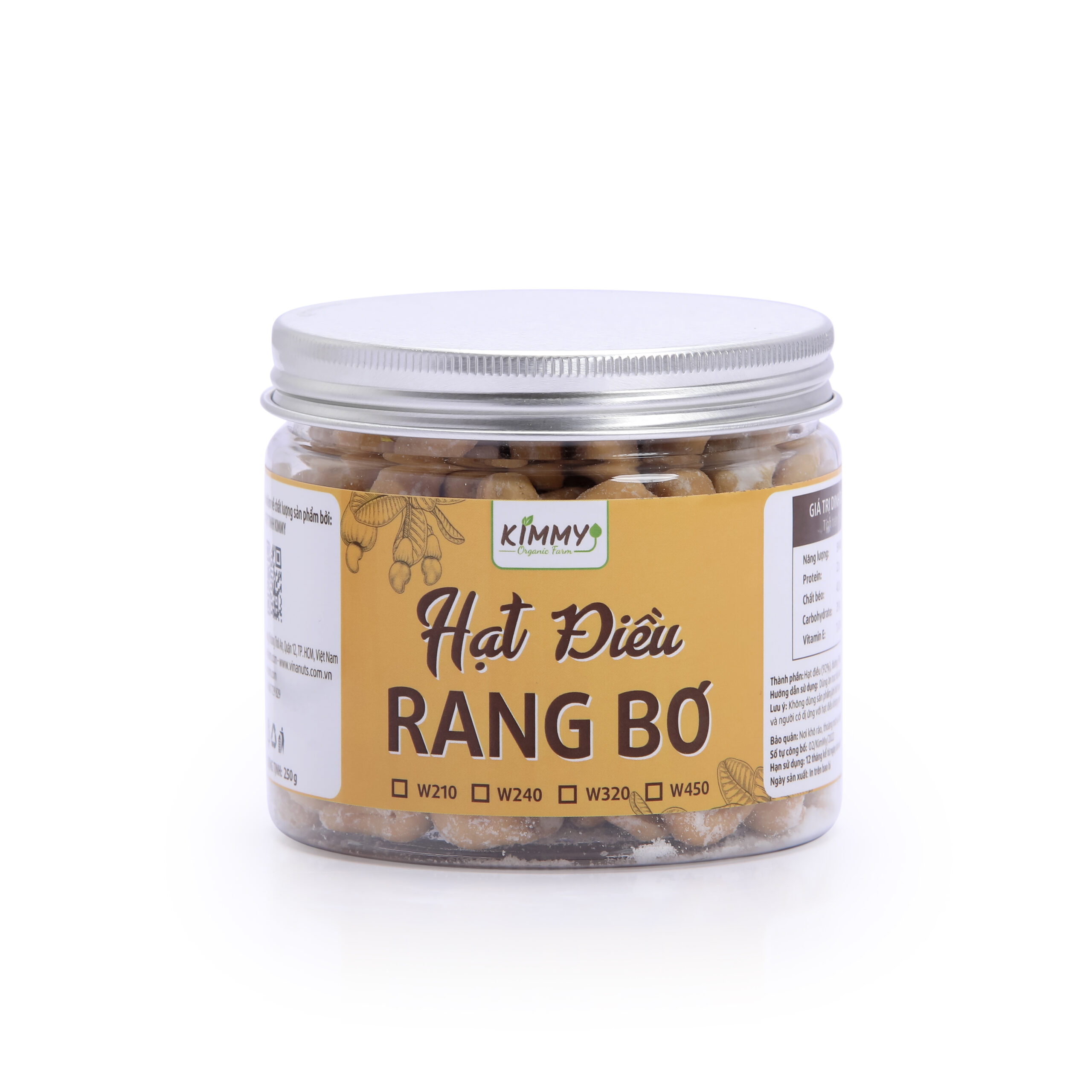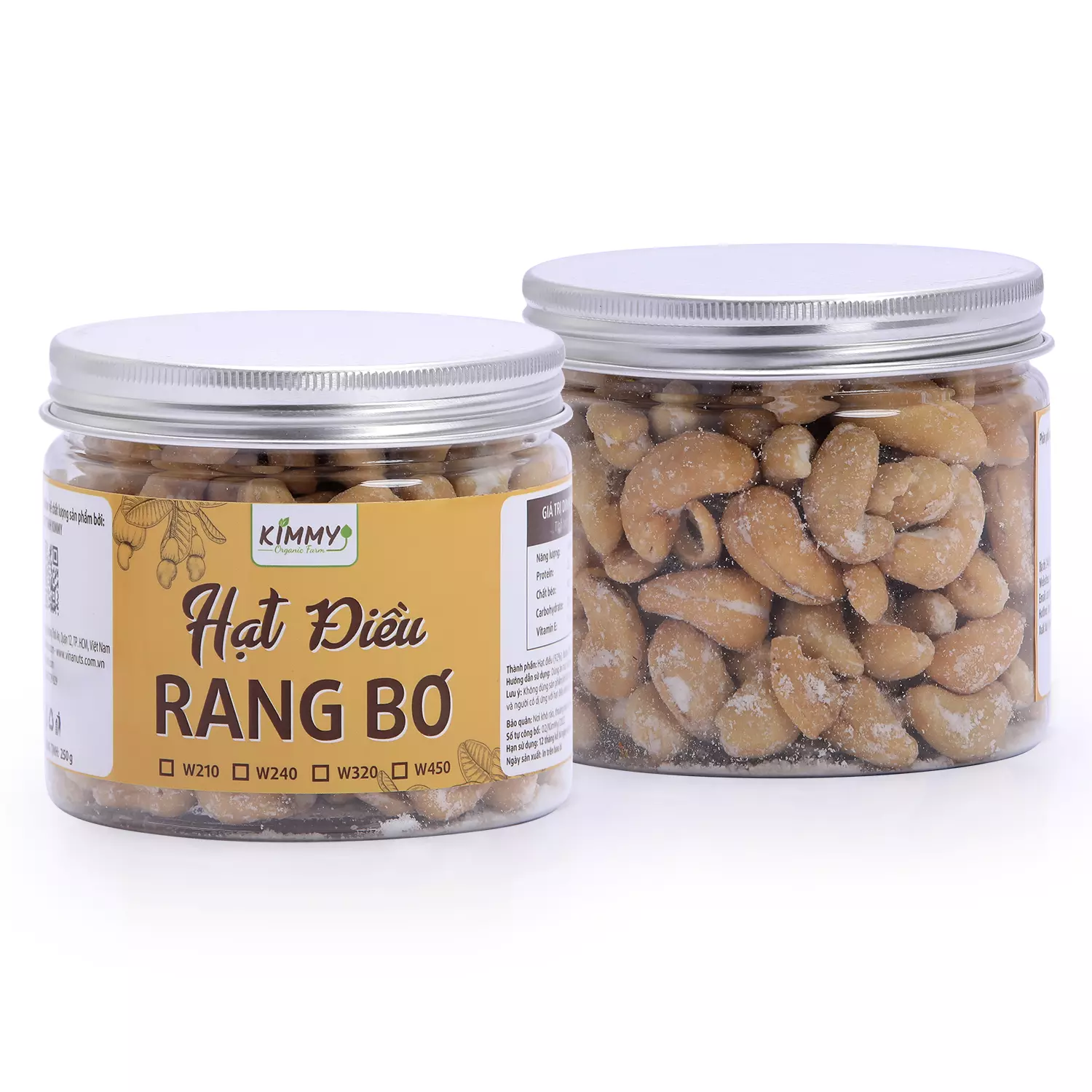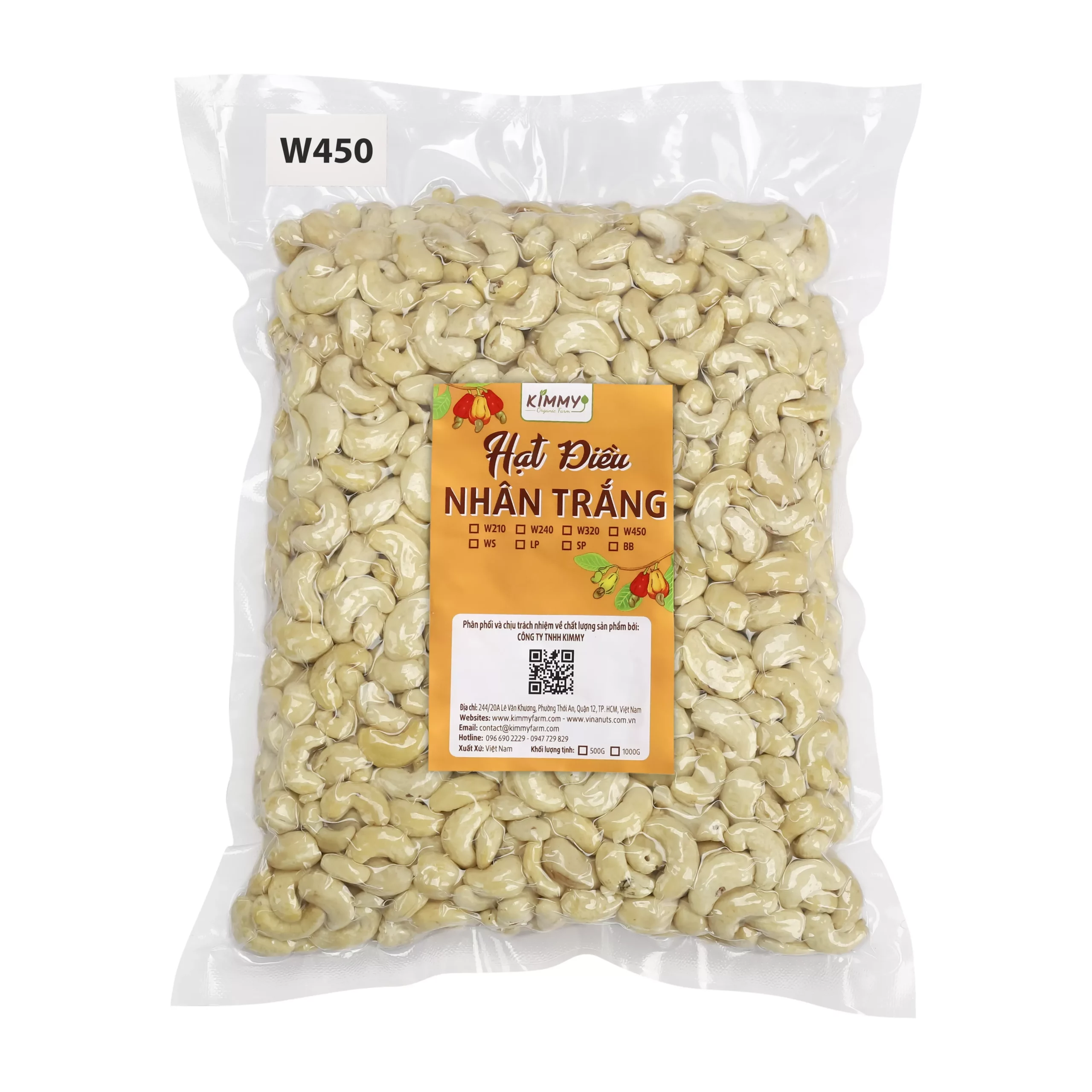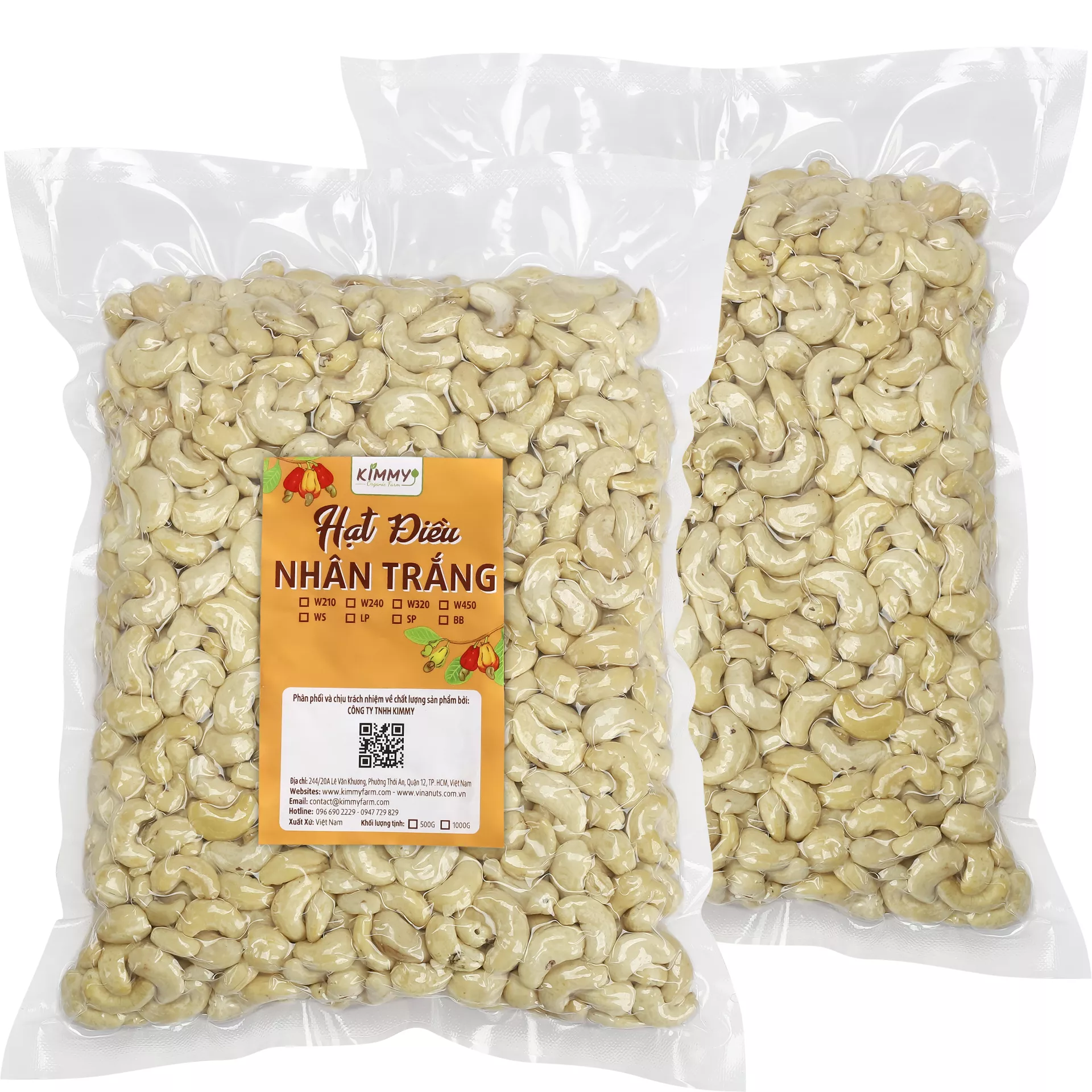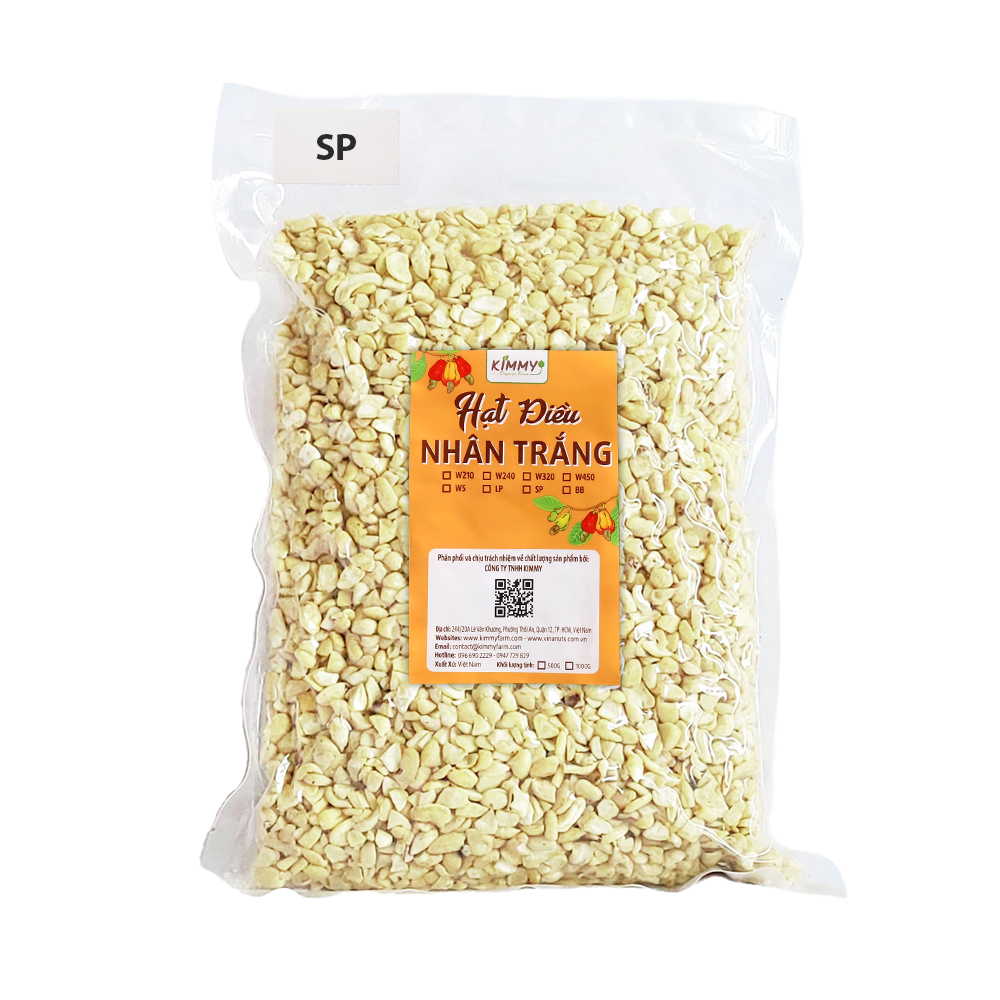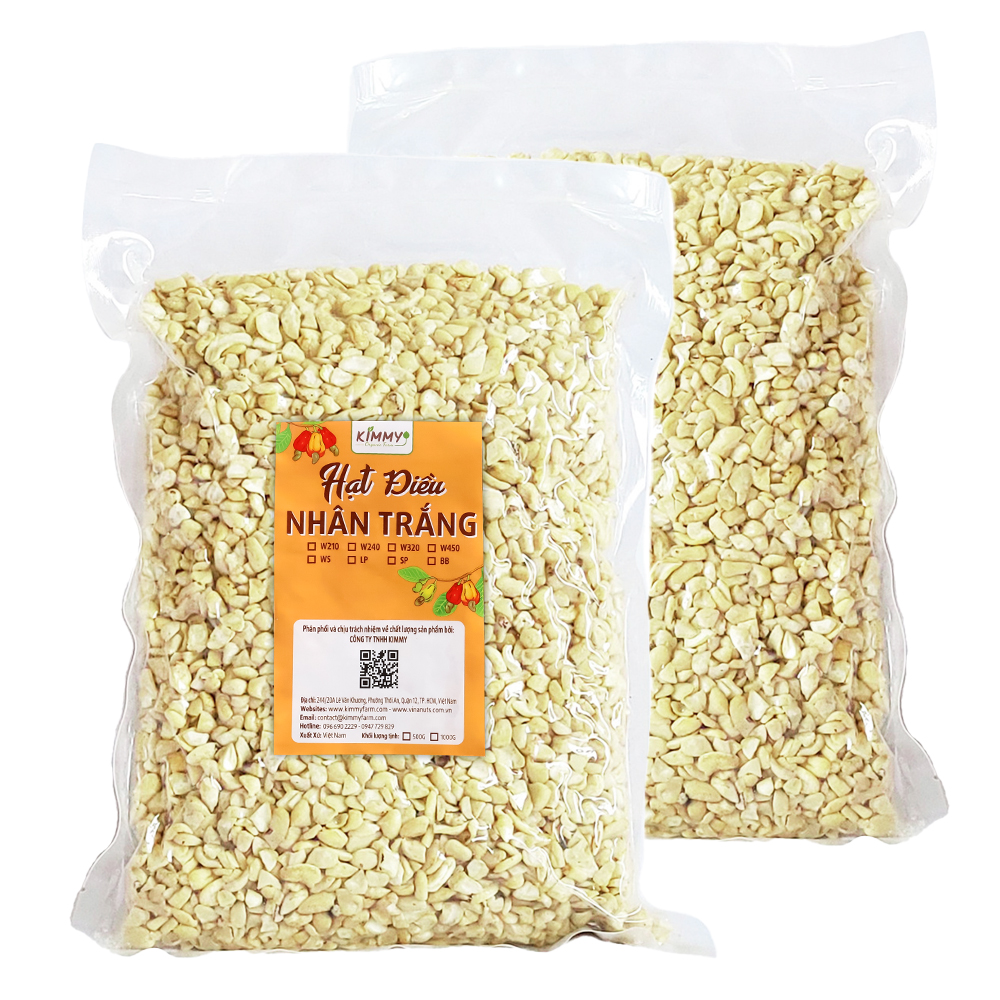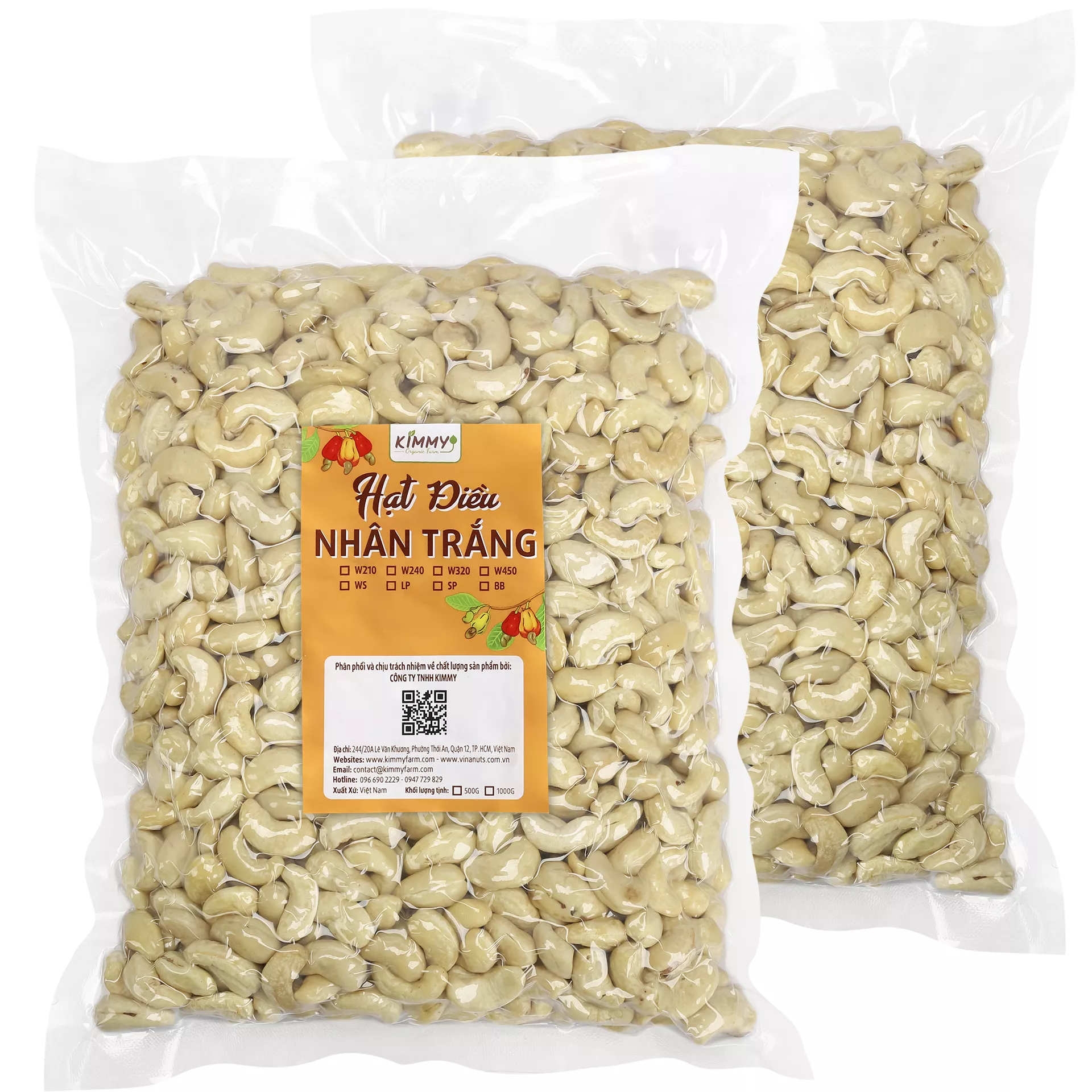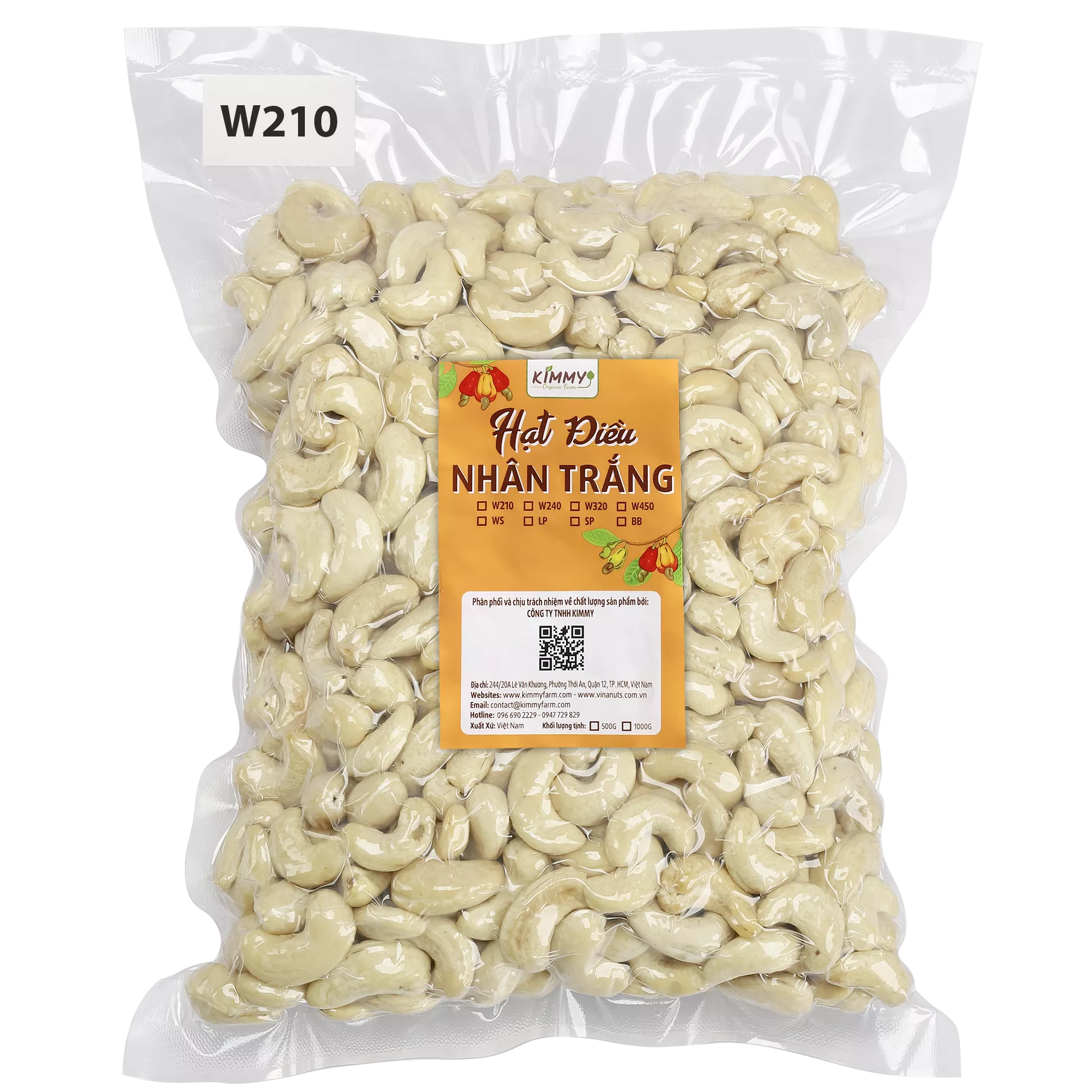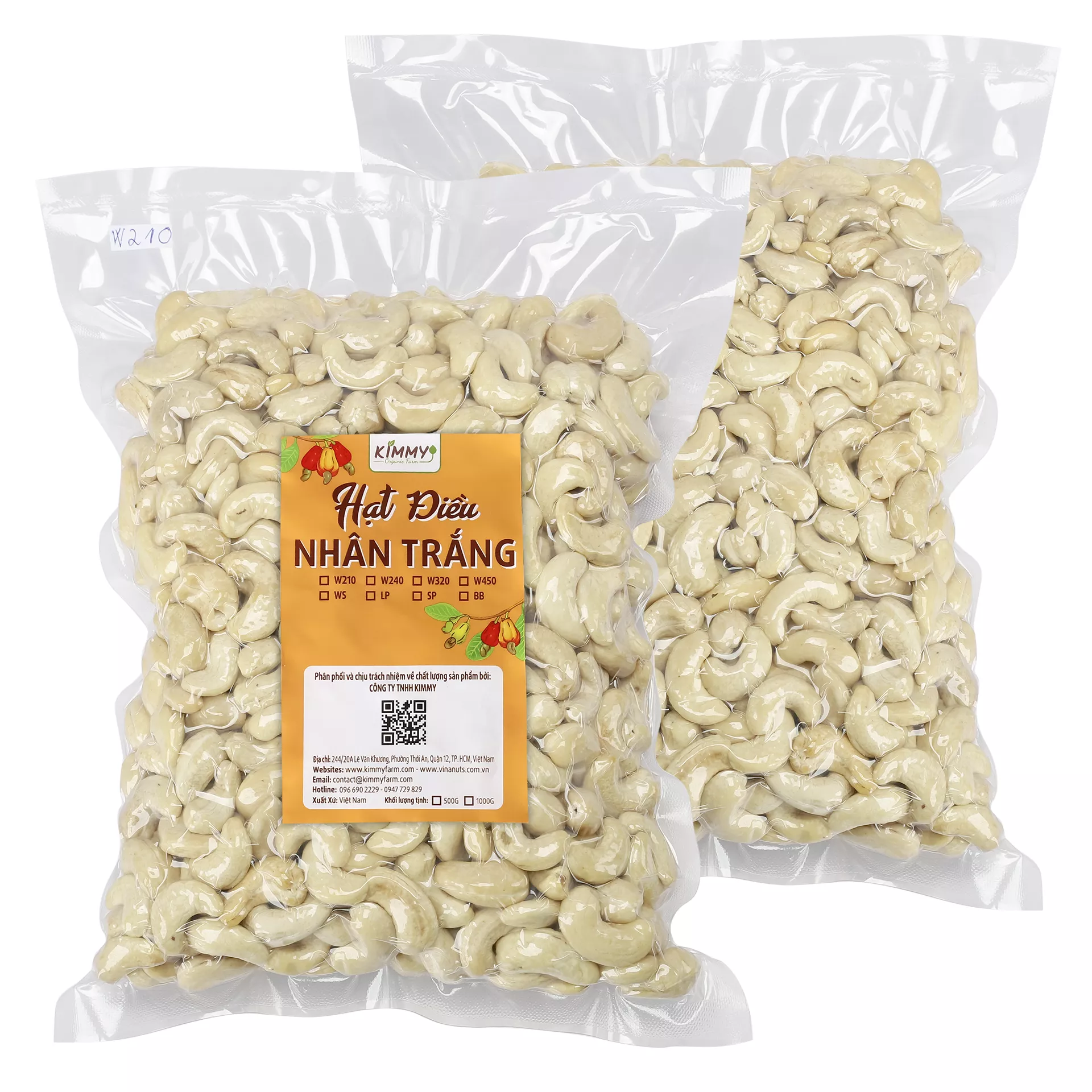Vietnam is one of the world’s leading cashew producers, and Binh Phuoc Province is the country’s top cashew-growing region. Each year, a significant portion of aging or unproductive cashew trees are cleared and replaced with new crops. As a result, Binh Phuoc consistently generates a large volume of cashew wood, which is widely used for making household furniture such as tables, chairs, cabinets, and shelves. Much of this wood is available at competitive prices—sometimes even sold cheaply at the source or stockpiled while waiting for better market prices.
What Is Cashew Wood?
Cashew wood is known for being hard, lightweight, and light-colored—all characteristics that make it ideal for producing engineered wood panels and laminated board materials. Thanks to its moderate hardness, light pink to reddish tones, and unique grain patterns (striped or mountain-shaped), cashew wood is well-suited for:
- Tables and chairs
- Beds and wardrobes
- Wood panels
- Indoor furniture
Its abundant and stable supply combined with affordable pricing makes cashew wood a competitive alternative to other wood materials.
Quick Facts About Cashew Trees and Cashew Wood
- Common Name: Cashew Tree
- Scientific Name: Anacardium occidentale
- Origin: Central and South America
- Average Dry Weight: 560 kg/m³ (34.9 lbs/ft³)
- Janka Hardness: ~770 lbf (3,410 N)*
(*Estimated based on specific gravity)
The cashew tree is best known for its delicious cashew nuts. However, other parts of the plant—like its fruit shell and bark—can cause skin irritation, similar to poison ivy, as both are members of the Anacardiaceae family. Note: If untreated, cashew wood may cause mild skin reactions in rare cases.
Natural Characteristics of Cashew Wood
Cashew trees grow in tropical climates, and their wood typically has:
- Moisture inconsistencies between the inner and outer wood and from top to bottom
- Dimensional shrinkage that varies with direction
Because of this, shorter wood lengths (under 1000 mm) are preferred for processing. For longer logs, moisture can vary significantly along the grain, which can cause issues during manufacturing.
To minimize defects during machining, cashew wood should be:
- Radially sawn into boards
- Cut into planks no wider than 100 mm and no longer than 700 mm
Summary of Cashew Wood Properties
| Property | Details |
|---|---|
| Hardness | Moderately hard |
| Color | Light pink to reddish |
| Grain | Straight or striped, sometimes mountain-shaped |
| Applications | Furniture, laminated panels, home interiors |
| Supply | Abundant and reliable |
| Cost | Competitive compared to other wood |
Cashew Wood Colors
Cashew wood typically appears in two basic tones:
- Light wood color
- Reddish-pink tone
After cutting into planks, the wood is pressure-treated with a chemical solution to protect against termites and pests. It is then kiln-dried in modern drying chambers to meet optimal moisture content standards.
Once dried, cashew wood planks are inspected, sorted, bundled, and stored following a closed-loop processing system.
Processing and Sizing Standards
To ensure high-quality material, cashew wood planks must be:
- Straight, even, and precisely cut
- Free of cracks, rot, dead knots, or blackened ends
After being cut, the wood undergoes vacuum treatment to break down internal water structures, which helps chemical preservatives penetrate the core more effectively. Cashew Wood Board Specifications:
| Thickness (cm) | Width (cm) | Length (cm) |
|---|---|---|
| 26 | 45–105 | 400–1000 |
| 33 | 45–105 | 400–1000 |
| 45 | 55–105 | 400–1000 |
| 55 | 65–105 | 400–1000 |
| 55 | 55 | 400–1000 |
| 65 | 65 | 750–1050 |
| 75 | 75 | 750–1050 |
| 85 | 85 | 750–1050 |
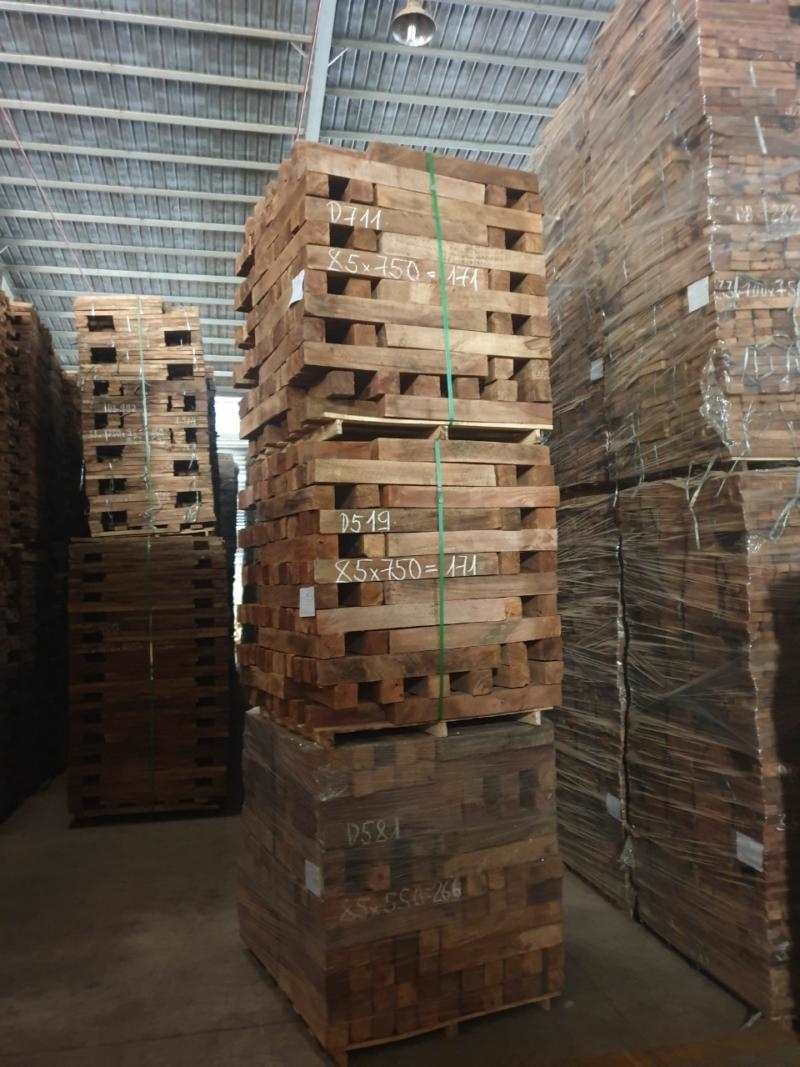
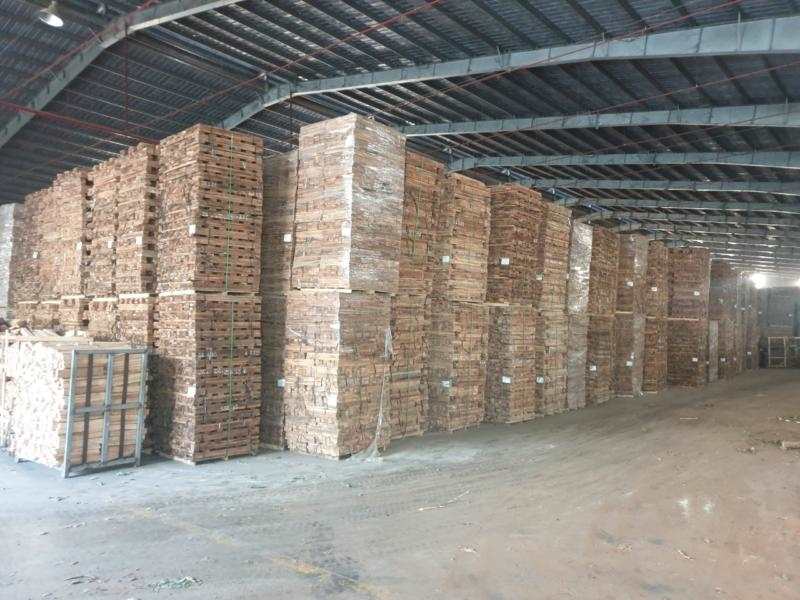

Chúng tôi là một thương hiệu chuyên sản xuất, thương mai và xuất khẩu các mặt hàng nông sản của Việt Nam. Chúng tôi có vùng trồng điều & nhà máy điều ở Bình Phước, trại nuôi ruồi lính đen ở Tây Ninh. Các mặt hàng xuất khẩu chính của Công ty là: hạt điều, hạt điều nhân, ruồi lính đen,… từ Việt Nam.

